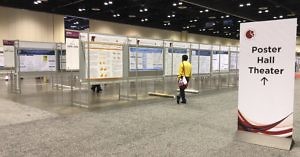Finding achilles heels to tackle cancer head on
In oncology R&D we often see a lot of companies going after well established targets trying to find new angles on an old story, but what if turn things around and ask some critical questions around exactly what is driving cancer forward in the first place?
 Yes it’s complicated, yet… if we do this and figure out the biological processes involved then we may actually be able to uncover key achilles heels or back doors to tackling the cancer in numerous ways that were not apparent before.
Yes it’s complicated, yet… if we do this and figure out the biological processes involved then we may actually be able to uncover key achilles heels or back doors to tackling the cancer in numerous ways that were not apparent before.
In our latest back to basics series, we take a look at some of the key aspects involved and highlight one biotech company’s efforts to address the weaknesses therapeutically…
BSB subscribers can read our latest company interview where we highlight an emerging biotech actively building a pipeline in the synthetic lethal / replication stress niche – you can either log-in or click to access the back story behind the latest innovations.
This content is restricted to subscribers







 Here we kick off 2022 with a philosophical look at what may be needed if we want to move the chains in a meaningful way.
Here we kick off 2022 with a philosophical look at what may be needed if we want to move the chains in a meaningful way.

